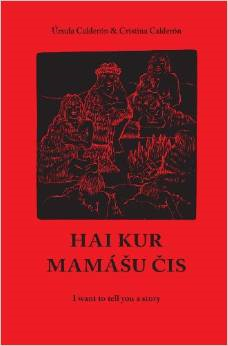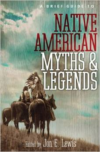Description
Hai kur mamashu chis or “I want to tell you a story,” as the Yagan grandmothers used to refer to their story-telling, is a journey through the landscape of the Yagan of old: a unique culture, rich in character, customs and beliefs.
These stories take place below this same sky and over these same waters, in giant voyaging canoes and around eternal fires and on immense mountains.
A landscape which has always been open to the passage of humankind…
Mamashu chis is the time when birds used to be humans, perhaps also the time before there was an understanding of all that exists, of even ourselves.
The stories from these times – myths, legends and beliefs – bring us closer to the core of human nature, to our deepest levels of being.
The deeds, the values and anti-values, the tricks and heroic actions, all lead to the transformations, to the idea of some sort of beginning.
The Yagan, or Yamana, of Patagonia, the southernmost indigenous group in the world, were a canoe-going people.
Their traditional territory is the cold and turbulent waters south of Tierra del Fuego, and the islands southward all the way to Cape Horn.
It was through these waters that, for thousands of years, the Yagan – fishers, hunters, nomadic families – paddled tiny canoes stitched together from strips of bark of the coigue tree.
They slept in huts covered with sea-lion skins or branches, which they could construct quickly upon stopping at a beach for the night.
They carried their fire in their canoes with them, smouldering upon a bed of mud and sand.
The women typically paddled the canoes, and swam naked in the frigid waters to anchor the canoes in kelp beds, and gathered foods such as berries and shellfish.
The men were typically the hunters, going after sea-lions or fish from the canoes, or hunting in the hills for guanaco, a type of wild llama.
Today, an international border passes through the core of traditional Yagan territory, down the centre of the Beagle Channel.
A few dozen descendents of the Yagan people live on the Chilean side of that border, on Navarino Island, in a small village called Ukika.
The Yagan language is rich in its range and complexity.
Cristina Calderon is its only remaining native speaker, and she is also the last pure-blooded member of the Yagan people.
Hai kur mamashu chis is a collection of traditional stories that Cristina Calderon and her late sister Ursula Calderon heard in their native tongue as children, and recounted to their grand-daughter Cristina Zarraga in Spanish.
These stories have been translated to English by Jacqueline Windh.






Reviews
There are no reviews yet.